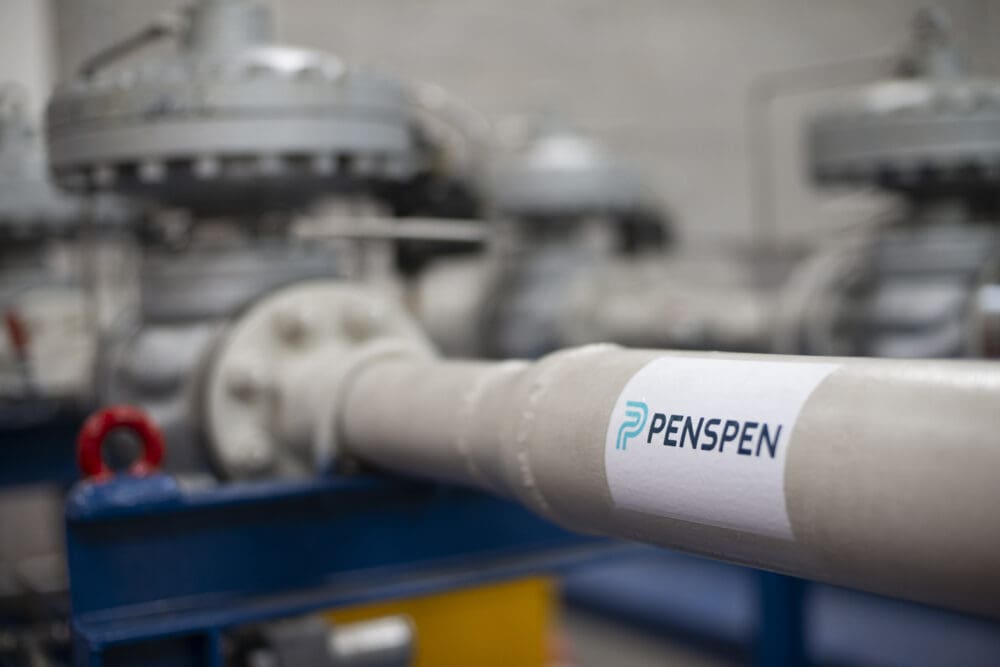Inverness Airport Case Study
Project Background
Inverness Airport, owned and operated by Highland and Island Airport Limited (HIAL), is involved in Project HEART, which aims to explore how to improve the commercial and environmental operations of subregional aviation using green hydrogen and fuel cell electric powered aircraft, alongside new automation, and airport design proposals.
With its important location for the development of sustainable aviation fuel across Scotland and the UK, Inverness Airport will act as a blueprint for future hydrogen development aviation projects.
Services
Protium, the company leading the project, commissioned Osprey Consulting Services to identify the hazards which may arise from the introduction of hydrogen-based fuelling services (production, storage, handling, and dispensing) at Inverness Airport. Osprey requested Penspen’s expertise on hydrogen safety, which included identifying hazards, their causes, consequences, and potential mitigation.
Solution
Penspen provided subject matter expertise on hydrogen safety, advising the project team during the Hazard Identification (HazID) process, with the aim of:
- Identifying the hazards associated with the introduction of hydrogen-based fuelling services at Inverness Airport.
- Investigating the causes of the identified hazards
- Identifying potential consequences (incidents/accidents) which may arise from the identified hazards
- Investigate potential mitigations/controls that will prevent the identified hazards from occurring or limit the consequences
The infrastructure considered for the HazID included the following:
- Hydrogen Production (Electrolysis)
- H2 Compression
- H2 Storage
- H2 Transportation to aircraft
- H2 Fuelling (& defueling) of aircraft
- Operation of H2 fuelled aircraft





